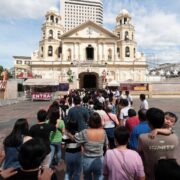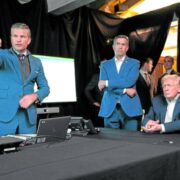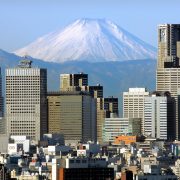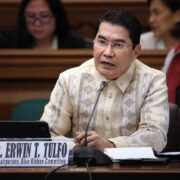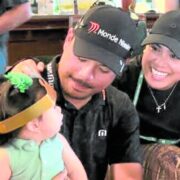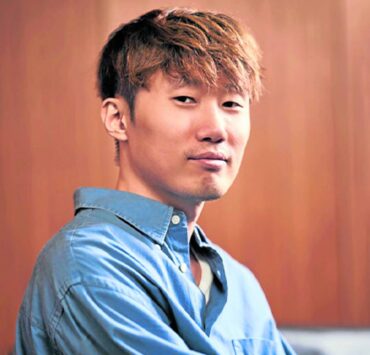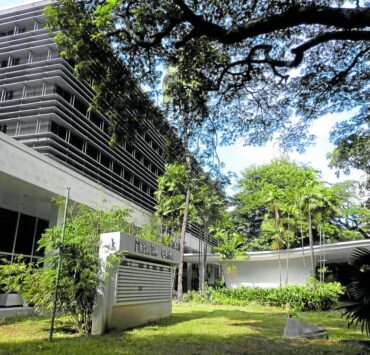Aissa Domingo’s feast of nature’s beauty
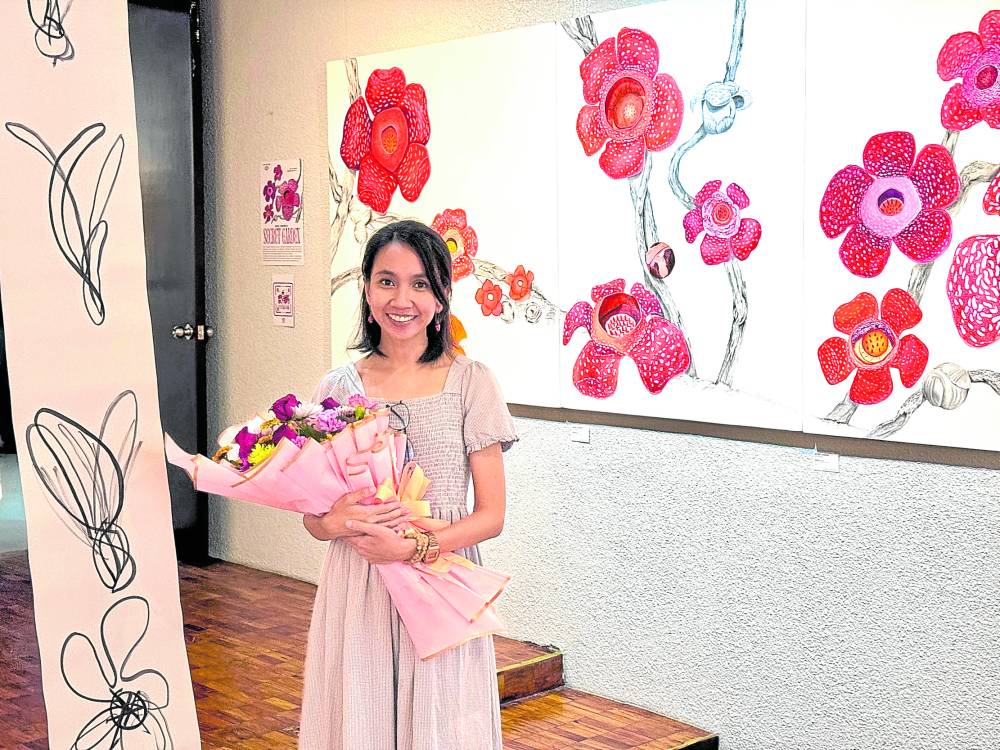
A celebration of nature and its bounty best describes Aissa Domingo’s works on the diverse flora and fauna of the Philippines.
Artistically, she imitates life and raises awareness on the importance of environmental education, protection and conservation. Through her works, a subject is given justice in terms of its properties, and blown up to enhance its appeal for everyone’s appreciation.
Since these are not only artistic but also scientific, she painstakingly captures every detail so that a work is an honest representation of a particular plant, leaf or leaves, flowers, fruits or animal.
The product is both a feast for the eyes and a celebration of Philippine environmental diversity and endemicity.
A resident artist-illustrator of the National Museum of the Philippines for more than a decade now, Domingo is holding her first solo exhibition, “Aissa Domingo: Secret Garden,” at the Anima Art Space in Quezon City.
The show, running until Nov. 9, features many of her botanical illustrations and blind contour drawings of subjects that include rafflesias, Amorphophallus (tuberous herbaceous plants), winged fruits and katmon (Dillenia philippinensis).

These are executed using various mediums such as acrylic, graphite, oil and ink.
Beauty of nature
Drawn to and enamored by the beauty of nature from her childhood years, and spending the dry seasons attending art workshops, she eventually found her way to the University of Santo Tomas, where she finished her fine arts degree, major in painting.
“When I joined the National Museum, I learned that our country boasts intriguing plant and animal life, and more are yet to be discovered and studied,” she said in a recent interview with Lifestyle.
“I naturally gravitated toward Philippine flora and fauna as my subjects, and I felt that through my art, I’d be able to spark interest or curiosity about it,” she added.
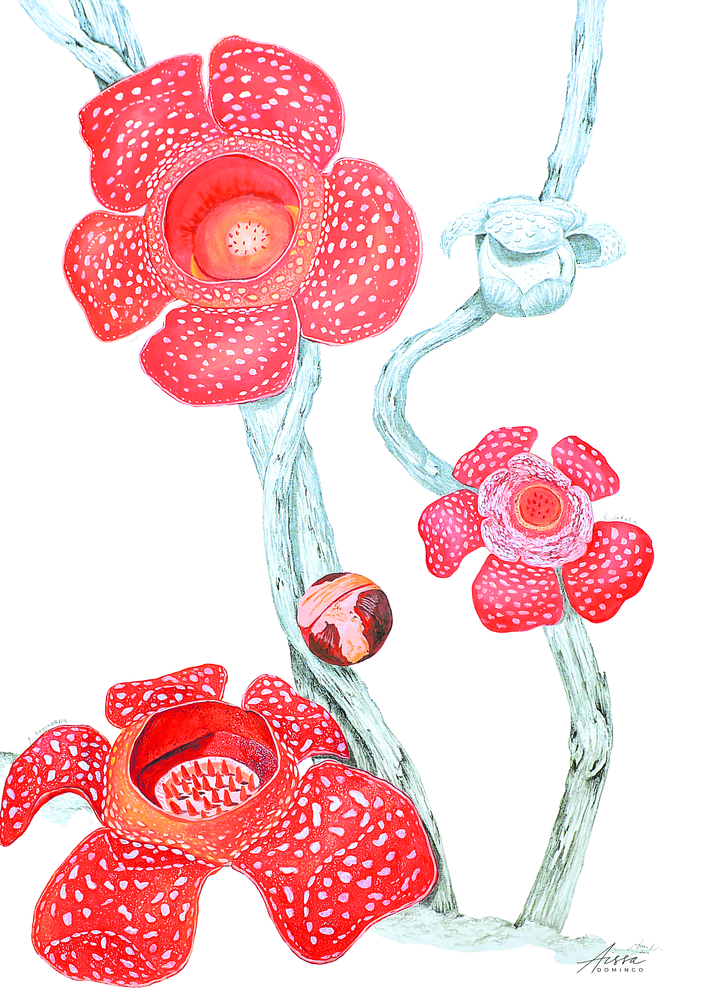
Her inspirations are the works of Francisco Alcina, Juan de Cuellar, Manuel Blanco and Jose Honorato Lozano, all bigwigs in art, science and history during the Spanish colonial period, whose works on the nation’s flora and fauna are invaluable.
Maria Sibylla Merian, Ernst Haeckel, Marianne North, Elizabeth Blackwell, Leonardo da Vinci and Harriet and Helena Scott were also her influences, as these “scientific illustrators and naturalists paved the way for art and science to flourish.”
Ignite curiosity
One of Domingo’s visions for her art-making is the appreciation of the country’s flora and fauna, which could eventually result in their conservation.
“Our country is renowned for its incredible biodiversity, and I aim to ignite curiosity through my art,” she said. “By fostering interest, I believe people will recognize the significance of the flora and fauna surrounding them and develop a sense of caring for it.”
Meanwhile, her blind contour drawings encapsulate the stories and consciousness not familiar and dictated to her, “reflecting on the consequences of these experiences if left undocumented—a memory that could fade with time.”
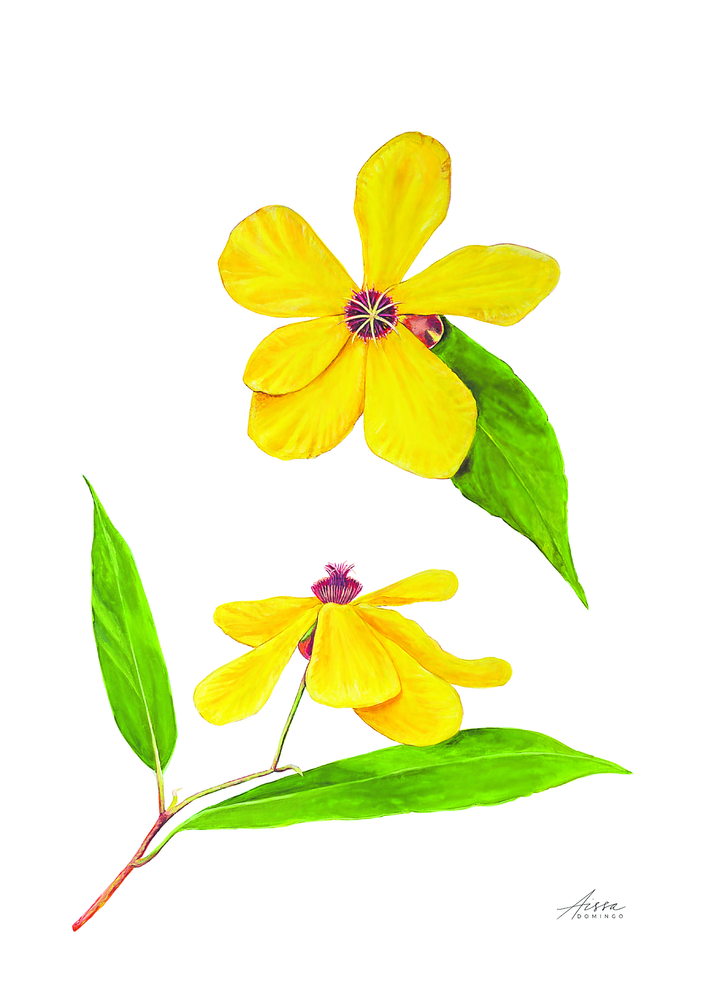
In her work for the National Museum, her scientific illustrations and images of the country’s flora and fauna as well as fossils have graced countless local and international publications, including scientific journals.
She also did the reconstructive painting of what used to be the largest crocodile in captivity in the world, Lolong, and its replica, and led the National Museum program called “Merging Art with Science” in 2022.
This program, a workshop series, taught the general public the fundamental principles of natural history illustration.
She lists the National Museum as one of her major influences in terms of expanding her knowledge on the symbiotic relationship between science and art, and in further developing her skill in scientific illustration.
Domingo is a member of the scientific organizations Biodiversity Conservation Society of the Philippines, Philippine Botanical Art Society, Philippine Fauna Art Society, and Guild of Natural Science Illustrators.



